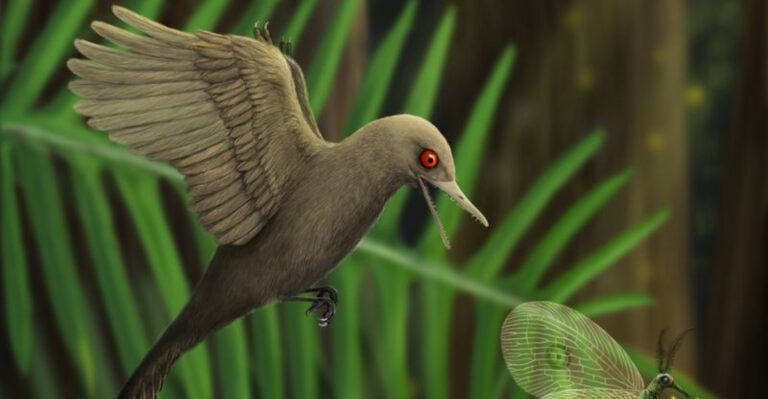The New Jellyfish Discovered Off The Coast Of Japan
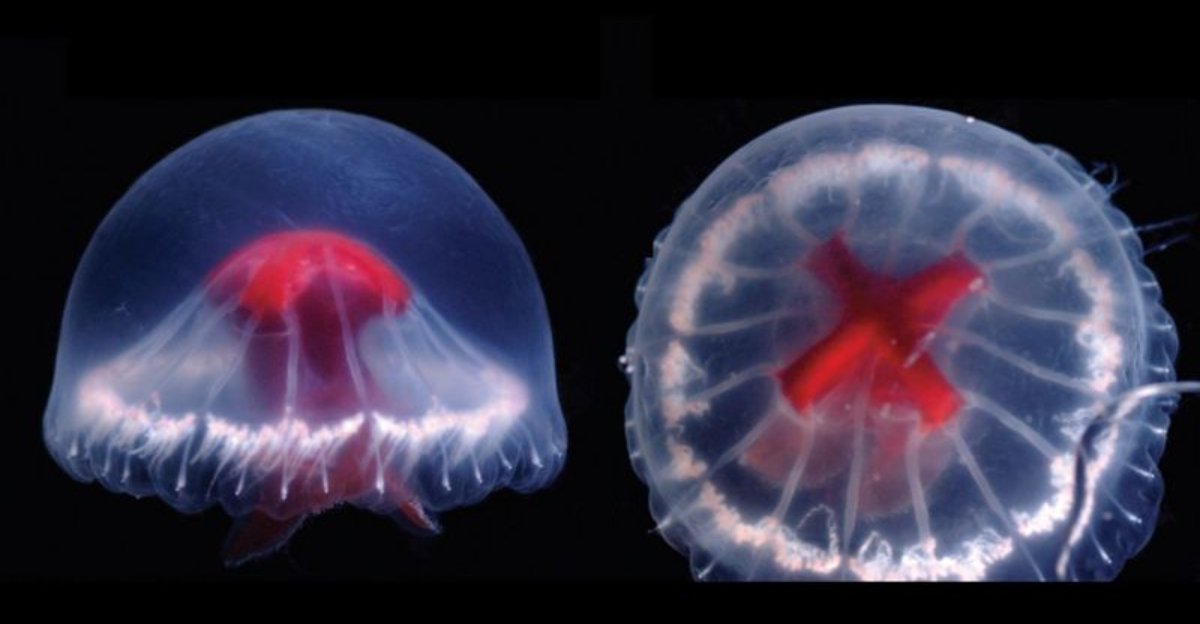
Scientists have made an extraordinary discovery in the deep waters off Japan’s coast. A brand new jellyfish species, named Santjordia pagesi or the St. George’s Cross Medusa, was found lurking in the mysterious Sumisu Caldera.
This remarkable creature has already amazed marine biologists with its unique features and could change what we know about deep-sea life.
Introducing Santjordia Pagesi: The St. George’s Cross Medusa
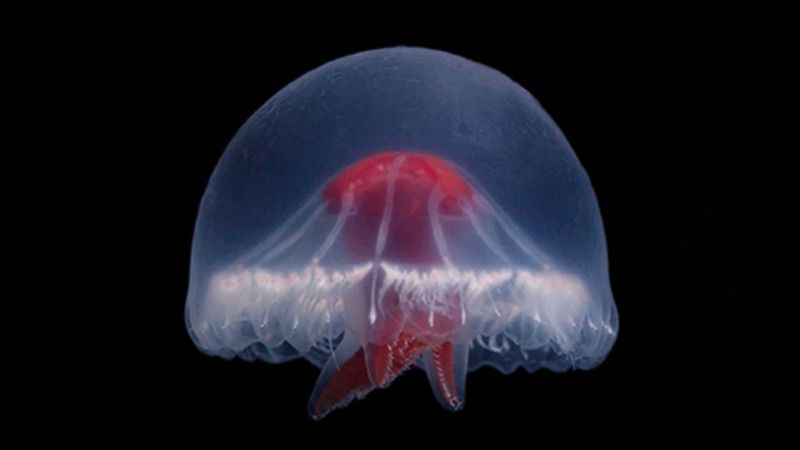
Named after the distinctive red cross pattern on its bell, this jellyfish immediately caught researchers’ attention during a deep-sea expedition in 2022.
The pattern resembles the St. George’s Cross, a symbol found on several flags around the world. Marine biologists spent months confirming it was indeed a completely new species never before documented in scientific literature.
A Remarkable Discovery In The Depths Of The Sumisu Caldera
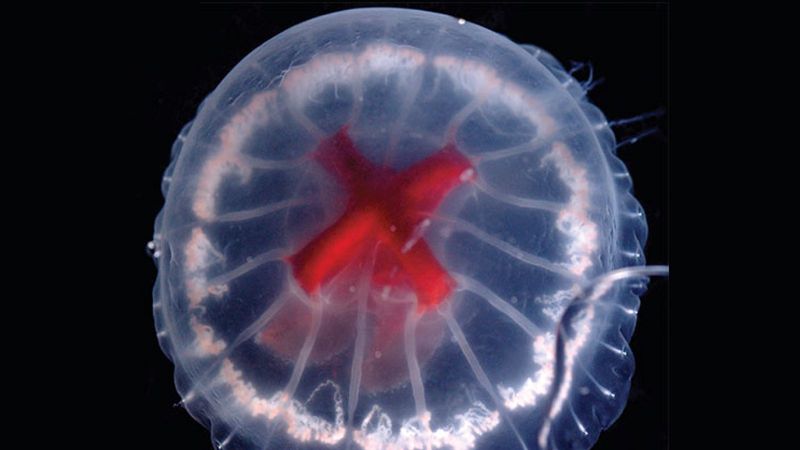
Hiding nearly 1,300 meters below the ocean surface, this jellyfish calls the Sumisu Caldera home – an underwater volcano southeast of Japan.
The extreme pressure and unique chemical composition of these waters create a perfect environment for unusual adaptations. Researchers stumbled upon the creature while mapping previously unexplored sections of the caldera using remote-operated vehicles.
The Unique Red Stomach That Defines This New Jellyfish
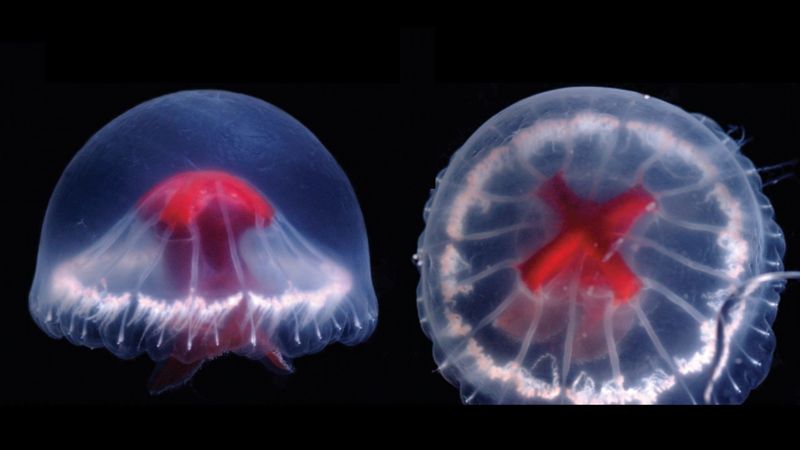
What makes this jellyfish truly stand out is its vibrant crimson stomach, visible through its transparent bell.
Scientists believe this coloration might help attract certain prey in the darkness of the deep sea. The red pigmentation contains compounds never before seen in jellyfish biology, potentially leading to discoveries in medicine or biotechnology.
How Santjordia Pagesi Uses Bioluminescence For Survival
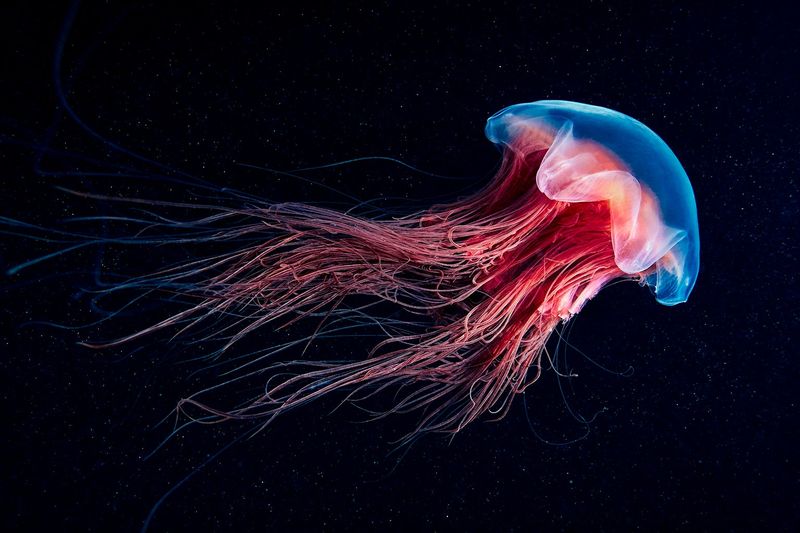
Flash! The edges of this jellyfish’s bell produce a mesmerizing blue-green glow when disturbed.
Unlike most bioluminescent creatures that use continuous light, Santjordia pagesi creates short, powerful bursts. This strategy likely confuses predators while conserving energy in its resource-scarce environment. The chemical reaction behind this light show differs from other known bioluminescent mechanisms.
Tentacles Galore: 240 Tentacles Of This Deep-Sea Jellyfish
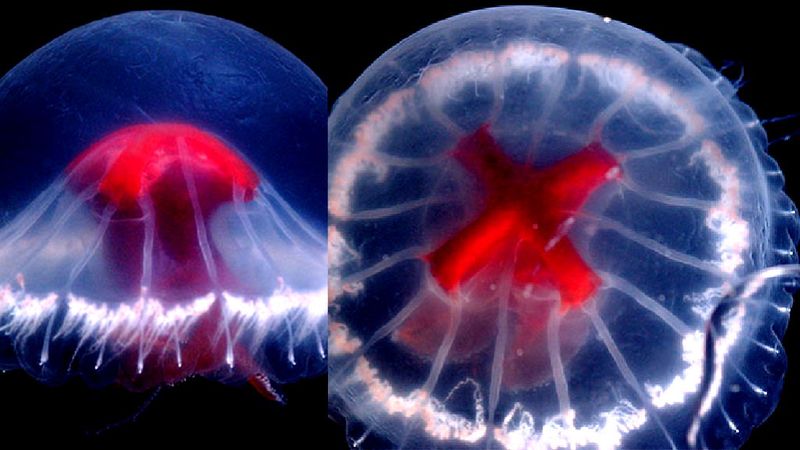
Most jellyfish have between 8 and 90 tentacles, but Santjordia pagesi boasts an astonishing 240!
These ultra-thin appendages form a dense curtain around its bell, maximizing its chances of catching the sparse food available in deep waters. Each tentacle contains specialized stinging cells that paralyze tiny crustaceans and other microscopic prey that drift into its trap.
New Genus And Subfamily: Classifying The St. George’s Cross Medusa
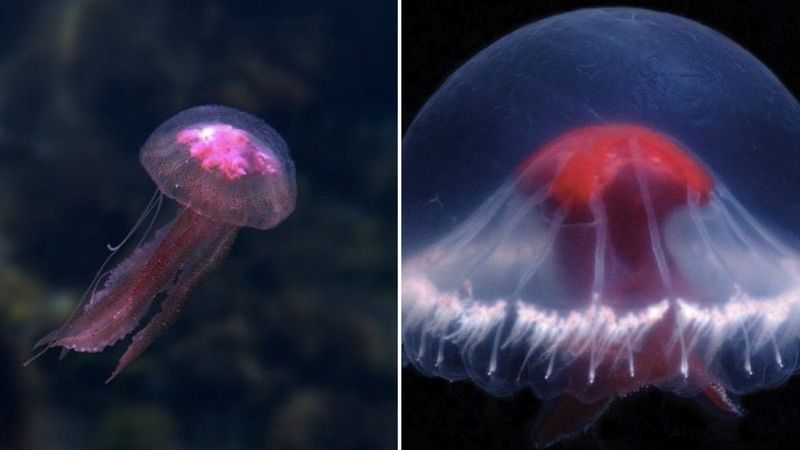
So unique is this jellyfish that scientists created not just a new species classification, but an entirely new genus and subfamily!
Taxonomists analyzed its DNA and found it shares only distant relationships with known jellyfish families. This discovery suggests there may be entire branches of jellyfish evolution we haven’t yet uncovered, hiding in Earth’s least explored ecosystem – the deep ocean.
Why The Sumisu Caldera Could Be The Jellyfish’s Only Known Habitat
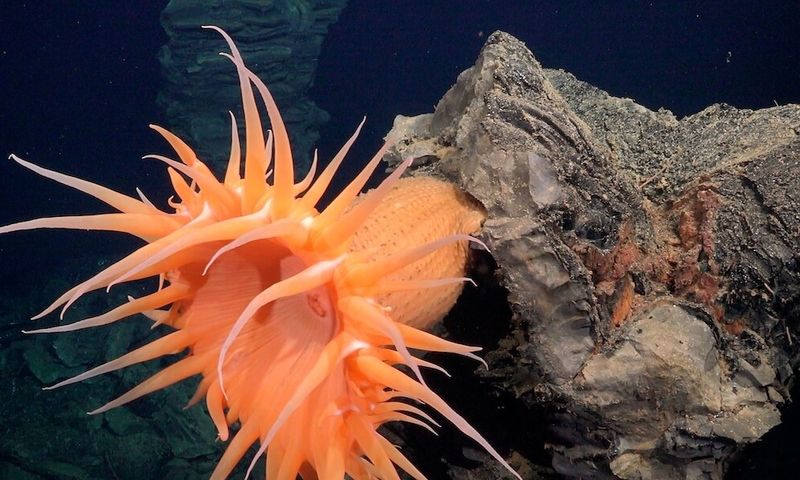
Despite extensive searching in nearby waters, researchers haven’t found Santjordia pagesi anywhere outside the Sumisu Caldera.
The caldera’s unique chemical signature, including mineral-rich hydrothermal vents, creates a microhabitat unlike anywhere else in the ocean. This jellyfish may have evolved specifically to thrive in these conditions, making it potentially one of the most habitat-restricted marine animals discovered.
What Makes Santjordia Pagesi’s Venom So Unique?
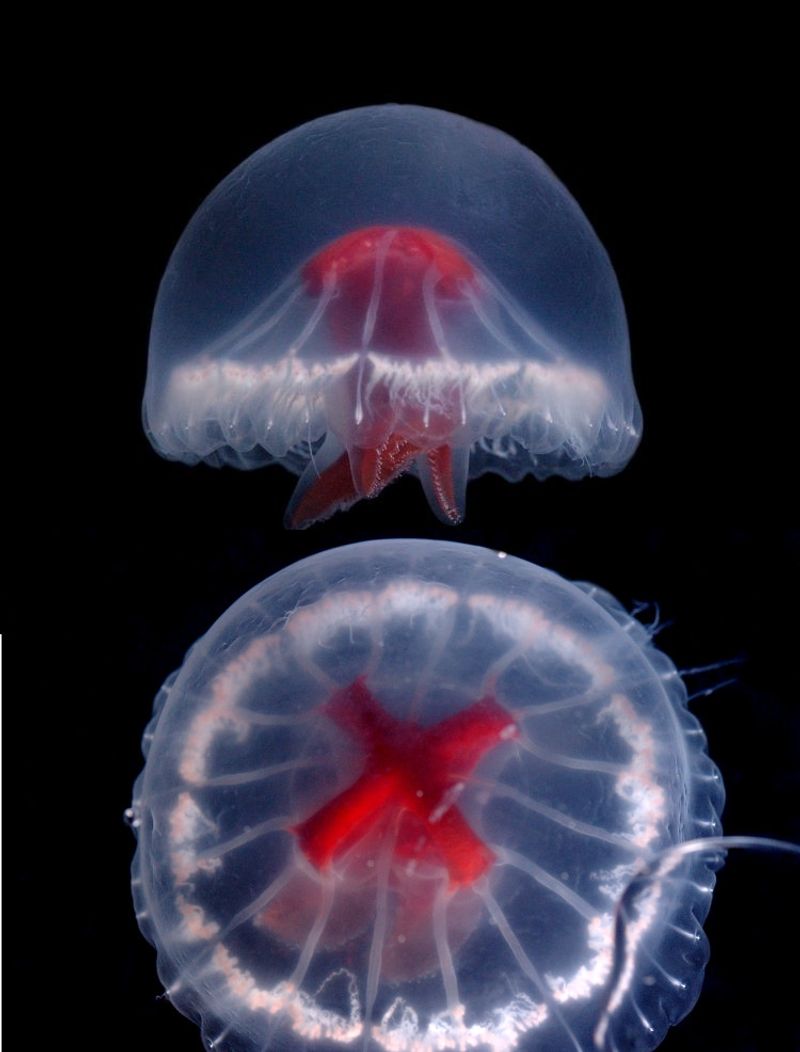
Laboratory analysis revealed this jellyfish produces venom unlike any other known cnidarian.
Rather than causing pain, its toxin induces temporary paralysis in small organisms. Pharmaceutical researchers are already investigating its potential applications for new anesthetics or pain management drugs. The venom’s complex protein structure remains stable even at room temperature – unusual for deep-sea compounds.
The Importance Of Deep-Sea Ecosystems And Conservation Efforts
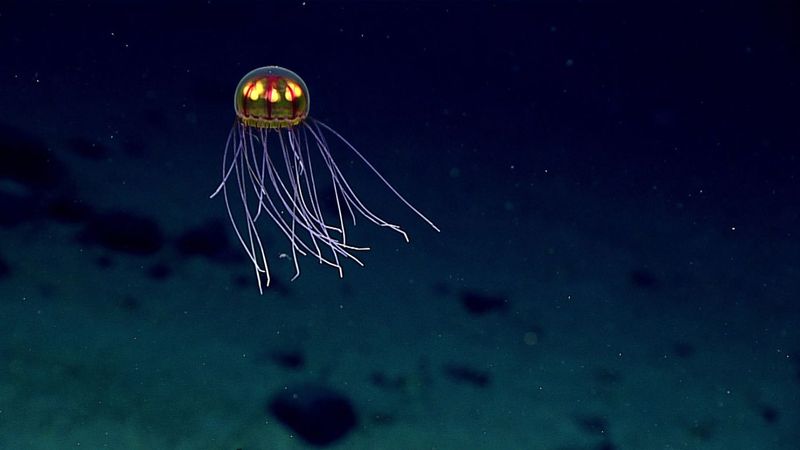
Finding Santjordia pagesi highlights how little we know about deep-sea environments.
With less than 20% of Earth’s oceans thoroughly explored, countless species remain undiscovered. The jellyfish’s discovery has sparked renewed calls for protecting deep-sea habitats from threats like deep-sea mining and bottom trawling. Each new species potentially holds solutions to scientific challenges or medical breakthroughs.


